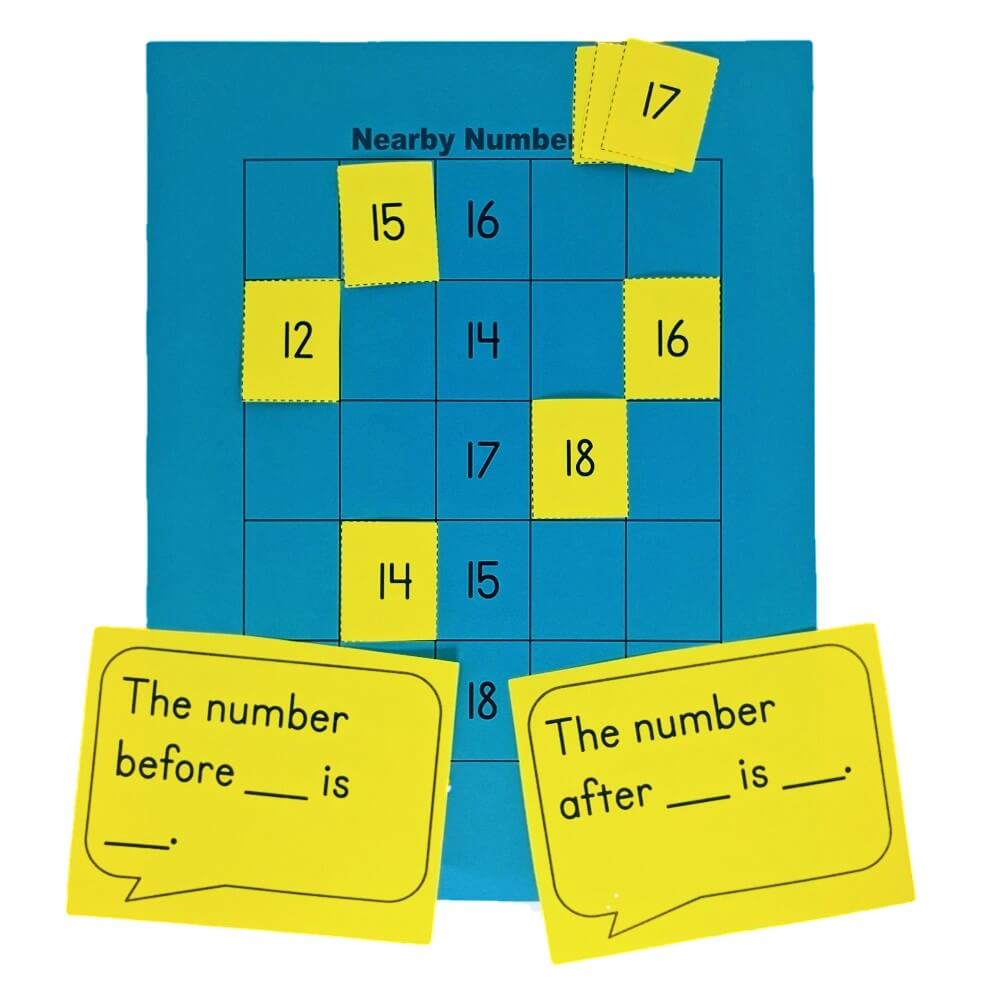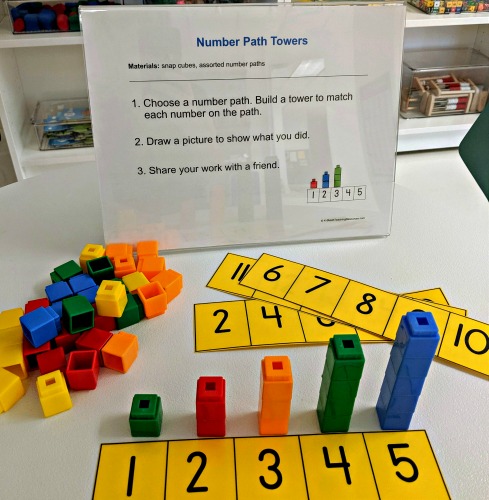MATH FLUENCY CENTERS (K-5)

The math fluency centers on our website were developed out of a need to support teachers in effectively using ECAM (Grades K-2) and Screener (Grades 3-5) data to differentiate instruction, with the primary goal of improving all students' number sense.
In Grades K-2 many of our partner schools use the Early Childhood Assessment in Mathematics (Board of Education of the City of New York, 2001; State Education Department). Conducted as a one-on-one interview, during which the child performs small mathematical tasks, and explains his/her thinking, ECAM provides a comprehensive assessment tool. In 2015 the ECAM Manual was revised. The updated manual includes an alignment of each interview question with the CCLS-M content standards and an extension of some questions to meet full alignment with the standards.
In Grades 3-5, Computational Fluency Screeners and Skills Based Centers (K-5MTR, 2014) are used to assess computational fluency, monitor progress, and plan instruction. Conducted as pencil and paper assessments, this research-based tool allows teachers to establish a baseline for each student and target areas of computational fluency in which students may need additional support.
How Do Math Fluency Centers Work?
After completion of the assessment interview (K-2), or pencil and paper Screeners (Gr.3-5), the teacher interprets the findings and identifies each student's stage of learning for each area assessed. Based on the class data the teacher then selects a beginning focus area from the strands assessed for Number in K-2 (Counting, Numeration, Addition and Subtraction) or the Grades 3-5 strands (Addition and Subtraction, Multiplication, Division and Decimals). Students are placed in partnerships according to the stage they are at on the continuum for the selected strand and center activities are chosen accordingly.
Students work on math fluency centers in partnerships for 20 minutes 2-3 days a week, often repeating the same center for 5-6 sessions. This repetition of the same task plays a crucial role in the success of these centers. On the first day a center is introduced students are often focused on the rules, new materials, or ‘how to do’ the task. Repeating the center several times allows students to engage with the math skills and concepts at a deeper level. As students work in their center they are expected to play the game, explain their strategy to their partner and record their thinking in an unlined notebook. This notebook provides a record of the child's progress throughout the year.
As students work in the math fluency centers the teacher observes individual students and takes conference notes. Particular note is taken as to the student's progress with the 'Next Steps' for the particular stage s/he is working on. If the teacher feels that a student has mastered the focus skill a new fluency center is introduced to provide an opportunity to work on another skill within that stage on the continuum. Once the student demonstrates mastery of all skills listed in a stage on the continuum a new center aligned with the next stage on the continuum is introduced.
K-2 FLUENCY CENTERS
GRADES 3-5 FLUENCY CENTERS
When is the Best Time to do Math Fluency Centers?
In order for fluency centers to be effective it is important to set aside a 20 minute block of time 2-3 times per week. This could be first thing in the morning when students enter the classroom, at the beginning of math workshop, or straight after lunch. Try to stick to the same time each day. This way fluency centers become part of the classroom routine and you are less likely to skip them when things get busy.
How Should I Introduce Fluency Centers?
When introducing fluency centers for the first time begin slowly. You may want to give the whole class the same center for the first day or two so that you can focus on setting up the expectations for sharing materials, taking turns, packing up materials etc. Model how to play new games and role play how to solve possible problems that may arise without teacher assistance. After a few days introduce a second center and run two centers simultaneously for a day or two. Gradually build up the number of different fluency centers that are running until all students are working in a group that is appropriate to their stage on the continuum.
As with any new venture the first few weeks of fluency centers are the most difficult. By preparing materials in advance and taking the time to make students aware of expectations you will soon begin to see an improvement in the number sense of all students in your classroom.
How Can I Organize Fluency Centers to Run Smoothly?
As fluency centers are only scheduled for 20 minutes per session (3 minutes set up, 15 minutes playing the game, 2 minutes pack up) it is crucial to have good structures in place to make the best use of this short period of time. Many teachers like to display a digital timer on an interactive whiteboard so that students can keep track of the time and begin to pack up at the 18 minute mark without any teacher prompting.

Having all the materials needed for a specific center activity in one heavy duty plastic bag or plastic envelope makes for a smoother start to fluency center sessions and makes pack-up time easier to manage. Bags can be stored on a stand or in baskets to ensure that they are easily accessible by students. Designating one student per group to collect and return materials can also help things to run smoothly.
Printing fluency centers on cardstock, or printing on paper and laminating, will extend the life of the centers and allow you to reuse them from one year to the next. Reusable dry erase pockets are another option. These are useful for protecting and extending the life of center activities that involve the use of a game board, but are particularly useful for centers in which students need to record on a game board or sheet of paper as they eliminate the need to continually photocopy recording sheets. Simply insert a game board and have students use a dry erase marker to write on the pocket. When the center is completed, the marker is wiped off the pocket and it ready to be used again.
Task display stands can also be used to keep task instructions clean instead of laminating task cards. Simply slip the task into the clear stand and place in a central spot so that all group members can read the instructions.
Why do Some of the Centers Have Sentence Frames?
In order to develop students’ mathematical language sentence frames have been developed for use with many of the center activities. These frames provide language support for ELL students and help to develop the math language of all students in a meaningful context.
Amazon Associates Disclosure
K-5mathteachingresources.com is a participant in the Amazon Services LLC Associates Program, an affiliate advertising program designed to provide a means for sites to earn advertising fees by advertising and linking to Amazon.com